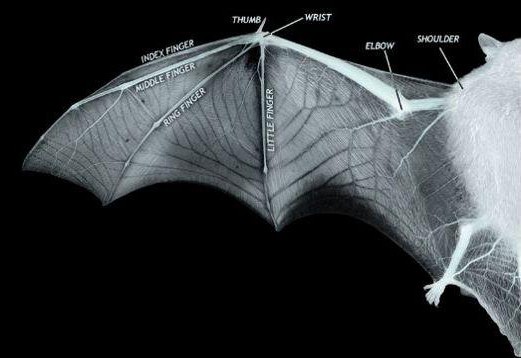New 3D bat wing model could inspire next generation aircraft
Researchers have created what is claimed to be the most advanced model of bat wing flight ever, potentially leading to new developments in aviation.

Bat wings bend, twist and deform in response to turbulent airflow, generating lift, thrust and other forces associated with flight. When a bat wing flaps, it forms little doughnut-shaped pockets of air known as vortex rings, expelled behind as the animal moves through the air. Modelling these and the bat’s other aerodynamic forces accurately has proved difficult until now.
The new model, described as a variational aeroelastic framework for 3D turbulent flow and flexible multibody interaction, was developed by a team from the University of British Columbia and the National University of Singapore. According to the engineers behind it, the model captures the complexity of real-life bat flight dynamics and greatly improves on the simplified numerical models that currently exist. It is reported in the journal Computer & Fluids.
“Bats can navigate tight spaces and negotiate gusts of wind with apparent ease,” said Rajeev Jaiman, senior author of the study and a professor of mechanical engineering at UBC. “By understanding how they do what they do, we may be able to design flying devices that operate more effectively than before, including in emergency and military situations.”
Register now to continue reading
Thanks for visiting The Engineer. You’ve now reached your monthly limit of news stories. Register for free to unlock unlimited access to all of our news coverage, as well as premium content including opinion, in-depth features and special reports.
Benefits of registering
-
In-depth insights and coverage of key emerging trends
-
Unrestricted access to special reports throughout the year
-
Daily technology news delivered straight to your inbox










Water Sector Talent Exodus Could Cripple The Sector
Maybe if things are essential for the running of a country and we want to pay a fair price we should be running these utilities on a not for profit...